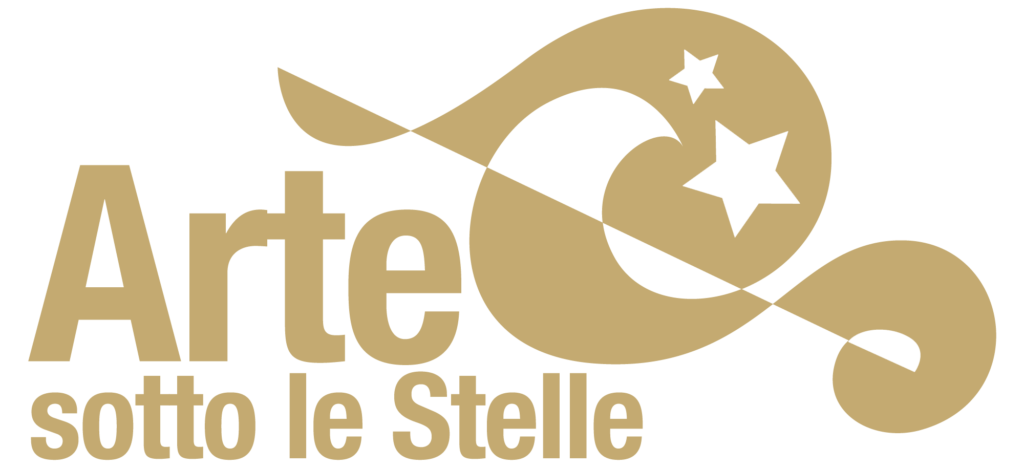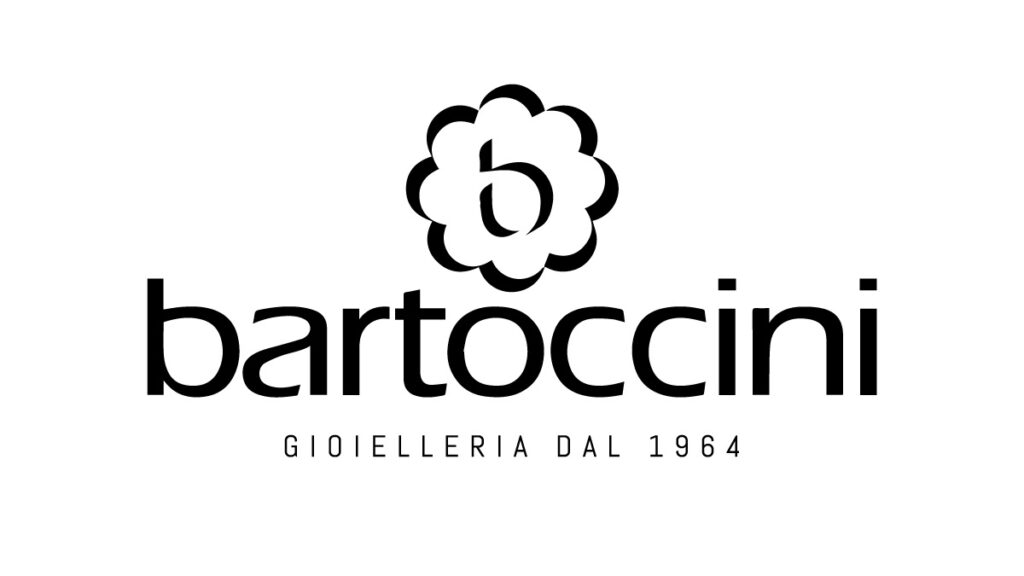Pinacoteca Nazionale of Bologna – Bologna
The museum was founded in 1808 as a picture gallery for the Academy of Fine Arts, the educational institution built from the ashes of the eighteenth-century Accademia Clementina. The ancient nucleus, coming from the Institute of Sciences, was enriched by the extraordinary collection of almost a thousand paintings, the result of the suppression of churches and convents carried out after the entry of the Napoleonic troops in Bologna, between 1797 and 1810.
Throughout the nineteenth century the Pinacoteca experienced a sharp increase in both spaces and works, as a consequence not only of the suppressions going on in 1866 after the Unification of Italy, but also of legacies and acquisitions.
The itinerary of the visit begins with the rich testimonies of the 14th century in Bologna, without forgetting the significant presence of Giotto’s polyptych. The Renaissance is well represented by two artists from Ferrara, Francesco del Cossa and Ercole Roberti, and the Bolognese Francesco Francia, who realized numerous altarpieces.
Proceeding from the masterpiece of the Ecstasy of Saint Cecilia painted for Bologna by Raphael, the path leads – after the works of Parmigianino and Passerotti – to the work realized after the Reform of the late sixteenth century, witnessed by the large production of Carracci: Ludovico, Agostino and Annibale. After that, the cornerstones of the Emilian seventeenth century follow, with works by Guido Reni, three extraordinary altarpieces by Domenichino, paintings by Francesco Albani and Guercino.
The itinerary ends with the works by Giuseppe Maria Crespi and the brothers Gaetano and Ubaldo Gandolfi.











